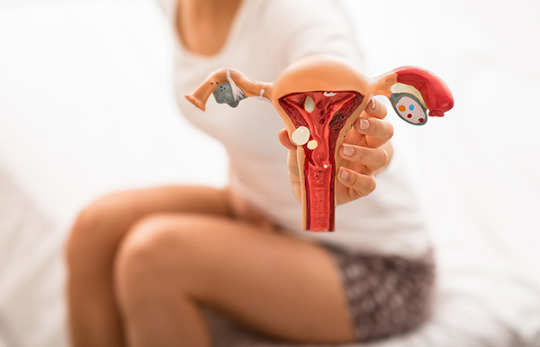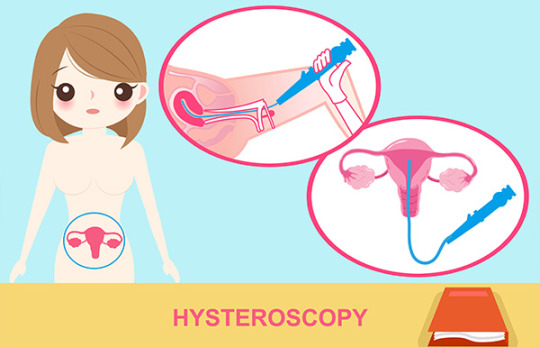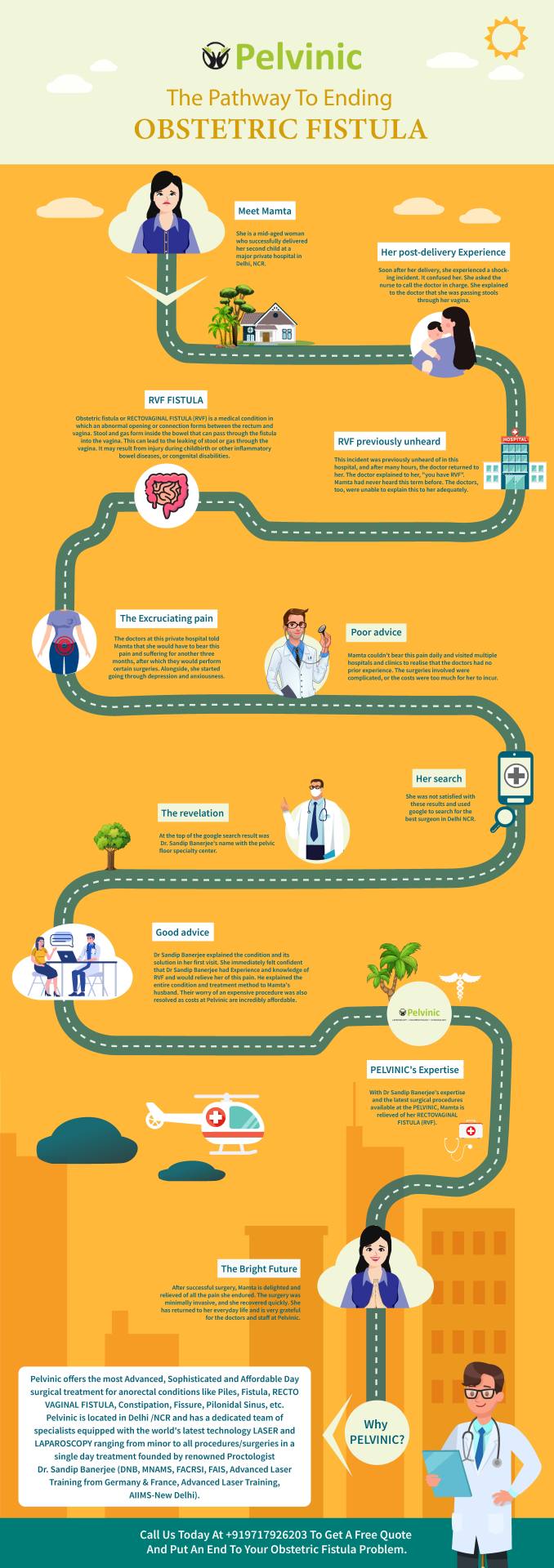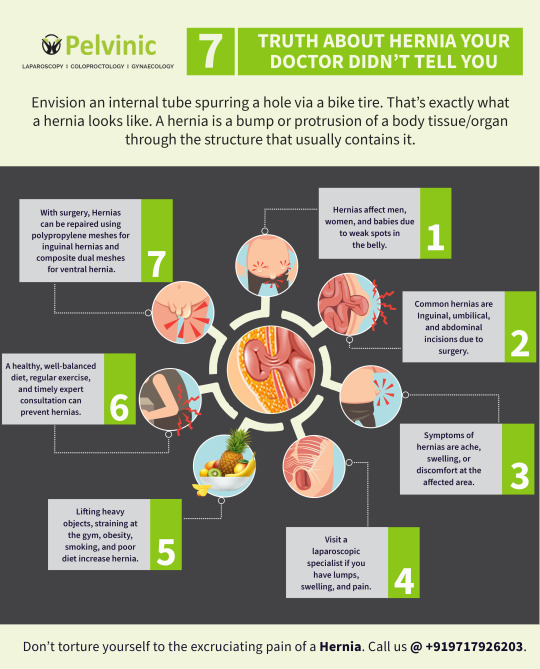Text
Warning Signs of Ovarian Cysts and treatment options

Are you experiencing unusual pain in the abdomen and pelvis spreading to your lower back? Or a sudden feeling of bloatedness accompanied by indigestion, pain in bowel movements, or sexual intercourse? These questions can be challenging to answer, but these sure are warning signs that something is wrong.
Are you experiencing unusual pain in the abdomen and pelvis spreading to your lower back? Or a sudden feeling of bloatedness accompanied by indigestion, pain in bowel movements, or sexual intercourse? These questions can be challenging to answer, but these sure are warning signs that something is wrong.
The female reproductive anatomy is by far one of the most complex systems. By design, it is meant to carry out various functions, but sometimes, as you age, the system is susceptible to experience some complications due to multiple reasons. One such complication is the occurrence of ovarian cysts.
What Are Ovarian Cysts?
Ovarian cysts are common among women post-puberty and develop during the menstrual cycle. These are known as functional cysts. Women have two ovaries present on either side of the uterus. Ovarian cysts are sac-like structures that develop inside the ovary or on their outer surface. These sacs are filled with a fluid or a semi-solid substance and are formed typically due to the menstrual cycle.
Although ovarian cysts develop most often during the reproductive years, they can also develop at any age. While most are benign (noncancerous) and disappear on their own within a few months, in rare cases, they become cancerous, especially after menopause, if they go undetected.
Contact our trusted team of doctors at Pelvinic for an early diagnosis!
In this article, our team of experienced physicians performing various proven treatments for ovarian cysts for many years explains what they are, the symptoms, and the best possible treatments for this condition. But more on that later, let's explore a bit more about the types of cysts.
Types Of Cysts
Statistics reveal that about 7% of women worldwide have an ovarian cyst at some point. Below is a list of the most common types of ovarian cysts.
1. Follicle cysts usually form when the sac (also known as a follicle) does not break during ovulation.
2. Corpus luteum cysts are caused due to the accumulation of the fluid or semi-solid substance when the follicle sac does not dissolve after releasing an egg and closes.
3. Dermoid cysts contain hair, fat, and other tissue.
4. Cystadenomas are noncancerous cysts and usually develop on the outer surface of the ovaries.
5. Endometriomas are conditions where tissues that typically grow inside the uterus develop outside the uterus and attach to the ovaries forming cysts.
6. Polycystic ovary syndrome (PCOS) is when the ovaries develop several small cysts, causing them to enlarge. If left untreated, PCOS can even cause infertility.
What Are the Warning Signs of Ovarian Cysts?
Some of the most common symptoms of ovarian cysts are:
Pain in the abdomen and pelvis which can sometimes also spread to the lower back
Bloating
Indigestion
Urge to have a bowel movement
Having difficult, painful bowel movements
Pain during sexual intercourse
Pain with fever or vomiting
Rapid breathing
Feeling dizzy and faint
Risks if the condition is left untreated
If these cysts persist, not detected, and treated in time, they can cause severe pelvic infections, endometriosis, hormonal problems, and difficulties during pregnancy. Although very rare, there is also a possibility of an ovarian torsion, which can lead to the degeneration of the ovarian tissue if not treated in time. Another rare and life-threatening condition that may arise if ovarian cysts go untreated is when the cysts rupture. There is a possibility that the patient suffers from internal bleeding due to the ruptured cysts.
At Pelvinic, we use several techniques for the early diagnosis and treatment of ovarian cysts. If you observe any of the symptoms mentioned above, contact Pelvinic and consult our team of the best gynecologists in Delhi today!
Diagnosis
As with all things medical, early detection is crucial. The first step to the early detection of ovarian cysts involves a pelvic exam. Following this, as each case is unique, our doctors will conduct further tests to determine the type of cysts in size, shape, composition, and location and advise you on the course of treatment that corresponds to your condition and needs.
In general, there are three tests that we recommend:
Pelvic ultrasound: A pelvic ultrasound or ultrasonography is a diagnostic technique wherein the doctor identifies the cyst(s) and ascertains the cyst(s), its location, and whether it is a fluid, solid, or semi-solid substance. The procedure uses a transducer (a wand-like device) that creates images through ultrasound (high-frequency sound waves).
CT scan: CT scans create cross-sectional visuals to examine the ovaries
MRI scan: MRI scans are used for a detailed investigation of the ovaries using strong magnetic fields and radio waves.
As mentioned earlier, most cysts disappear within a few months, so before recommending the course of treatment, our doctors advise repeated tests to check the condition of the cyst. In the absence of any changes, our doctors will perform further tests to understand the potential causes of your symptoms.
These tests are:
Pregnancy test
Hormone level test: To check the levels of estrogen or progesterone
CA 125 blood test (cancer antigen 125): To rule out the possibility of ovarian cancer. We recommend this test to women with a high potential to develop ovarian cancer due to partially solid cysts.
Treatment Options
Medication: Based on the findings, the follow-ups, the patient's age, and cyst condition, the doctor may recommend oral hormonal contraceptives or birth control pills. Oral contraceptives help prevent the recurrence of ovarian cysts and are also beneficial in lowering the risk of ovarian cancer, which is higher in postmenopausal women.
Surgical options: If the cyst has persisted through a few menstrual cycles, has changed in size and shape, and the symptoms continue, surgical options are suggested for removing the cyst once the doctor rules out the possibility of a functional cyst.
There are two types of surgeries:
1. Laparoscopy: A laparoscopy is a surgical procedure that helps examine the cysts through clear and precise visuals of the patient's ovaries using a laparoscope (a thin tube fitted with a scope and light at one end). It is a minimally invasive surgery in which a scope is inserted by making a few minor incisions in the abdomen to remove the ovarian cyst. A laparoscopy requires local or general anaesthesia.
The doctor attempts to separate the cyst from the healthy tissue during this procedure for removal. However, in cases where the cyst has affected the whole ovary, and it is impossible to separate the cyst, complete or partial removal or aspiration of ovaries is necessary. At the end of the surgery, the incisions are closed with the help of dissolvable stitches. The cystic mass is then sent to a pathologist for further investigation and a final diagnosis.
2. Open Surgery or Laparotomy
When the ovarian cyst is significant with the potential to be malignant (cancerous), it is impossible to remove it by performing a laparoscopy. In this case, open surgery is performed through a large incision in the abdomen to cut and extract the cyst surgically.
A biopsy is performed on the cystic mass immediately after. If this cystic mass is malignant, a total hysterectomy (removal of the uterus, fallopian tubes, and ovaries) is performed to prevent the further spread of cancer.
When considering this surgery, be sure to choose your surgeon carefully. Your doctor must be trained well in the techniques, regularly perform this type of surgery, and fully understand your condition acquired during consultations.
With over 7000+ Surgeries performed by our team of expert surgeons so far, Pelvinic ensures that you are in good hands. Do not hesitate to call us at +919717926203 to book an appointment. Our team of dedicated surgeons will accompany you through the process from start to end.
1 note
·
View note
Text
Everything You Need to Know About Before, During, and After a Hysteroscopy

One in ten elderly Indian women has had uterine problems requiring uterine removal. According to the National Family Health Survey-IV (2015–2016), the average age for developing uterine issues is 34. Every woman's gynaecological health is critical, so a pelvic exam is required to look for uterine abnormalities.
Do you have irregular bleeding, discomfort, miscarriages, or fertility problems? It would help if you took the necessary precautions to keep yourself safe. If you are experiencing any of these symptoms, we recommend seeing a gynaecologist as soon as possible. Early detection of these symptoms can assist you in avoiding serious health issues.
A gynaecologist may use hysteroscopy to examine the inside of a woman's uterus to diagnose and treat irregular bleeding. A visualizing scope is introduced through the vaginal entrance and the cervical opening for minimally invasive surgery. Hysteroscopes, which are thin, illuminated tubes inserted into the vaginal canal, is used to examine the cervix, and the inside of the uterus is used in hysteroscopy.
If you have any of the following symptoms, you should see a gynaecologist for a hysteroscopy:
Abnormal results from a pap test
Abnormal uterine haemorrhage
Bleeding associated with menopause
Fertility
Fibroids and polyps
Septum
Hysteroscopy can be used for:
Taking a tissue sample to conduct a biopsy
To surgically remove polyps and fibroid tumours
To stop bleeding by electrocuting, freezing, or chemically destroying tissues
Your doctor will suggest you have your hysteroscopy test for the first time after your menstrual cycle because this is the only time when doctors can obtain a good picture of the inside of your uterus. Suppose a surgery is required because of the diagnosis; in that case, the doctor will insert a small instrument into the uterus via hysteroscopy. This surgical procedure may take anywhere from five minutes to more than an hour. It is recommended to do hysteroscopy rather than other more invasive procedures as it requires:
Shorter hospital stays
Preventive measures to hysterectomy
Less pain medication
After your successful hysteroscopy is done, you may be kept on observation for several hours before going home. If gas was used during your hysteroscopy, you might have vaginal bleeding for one or two days and some shoulder pain.
Contact Pelvinic today to discuss hysteroscopy and get treated by one of our experienced doctors.
Pelvinic is a pelvic floor speciality centre where the best proctologists and gynaecologists in Delhi/NCR treat pelvic floor disorders. The treatment is administered by highly skilled specialists who use cutting-edge technology. All these services are inexpensive without sacrificing quality or service. At Pelvinic, we ensure that you have a hysteroscopy to treat the correct uterus disease, and we've successfully cured many women with uterus disorders.
It is recommended and critical to see only an experienced gynaecologist for an accurate diagnosis. Dr Meenakshi Banerjee is regarded as one of the best gynaecologists in Delhi/NCR; she has over 17 years of experience as an Obstetrics and Gynaecology specialist. Dr Meenakshi specializes in minimally invasive ureteroscopic techniques such as hysteroscopy and colposcopy. She also oversees gynaecological procedures such as:
Laparoscopic
Hysterectomy
Laparoscopic Uterine Prolapse
Laparoscopic Vaginoplasty
Do you have uterine irregularities and pain? Do you have any other severe uterus symptoms? Call Pelvinic at +919717926203 today to contact one of our gynaecologists' professionals to avail of suitable and reliable treatments.
0 notes
Link
The word Hernia comes from Latin, and means a rupture. The internal organs of the abdominal cavity are surrounded on all sides by a muscle layer of the abdominal wall. If pressure in the abdominal cavity increases, for example when you lift a heavy object, it is possible that part of the intestine breaks through the muscle layers. When this occurs, a so-called Hernia sac protrudes outwards. It is often visible, or can be felt, as a lump under the skin.
0 notes
Link
Gall bladder is a small pear-shaped sac like organ in the upper right part of the abdomen. It is located under the liver, just below the front rib cage on the right side. It stores bile temporarily. Bile is synthesized in liver. During empty stomach/fasting, gall bladder gets distended with bile and it empties it when food (especially fatty food) reaches intestine. Due to various reasons like excessive weight (obesity), pregnancy, genetic, infection, prolonged stay in ICU bile gets concentrated and forms Gall Stones.
0 notes
Link
Fibroids are abnormal growths that develop in or on a woman’s uterus. Sometimes these tumours become quite large and cause severe abdominal pain and heavy periods. In other cases, they cause no signs or symptoms at all.
The growths are typically benign, or noncancerous. The cause of fibroids is unknown. Fibroids are also known by the following names:
• Leiomyomas
• Myomas
• Uterine Myomas
• Fibromas
The size, shape and location of the fibroids can vary from one woman to another. They can be found in the outer wall of the uterus, inside the uterus or attached to it like a stem. A woman can have just one fibroid or many of various sizes. It can remain small and suddenly grow rapidly over the years.
0 notes
Link
Ovarian cysts are closed, sac-like structures within the ovary or on its surface that are filled with a liquid or semisolid substance. Women have two ovaries, each about the size and shape of an almond on each side of the uterus.
0 notes
Link
Hysteroscopy is a minimally invasive surgical procedure for viewing the inside of the uterus. Hysteroscopy is performed by inserting a visualizing scope through the vagina and into the cervical opening. Hysteroscopy allows visualization of the inside of the uterus, including the openings to the Fallopian tubes, as well as direct examination of the cervix, cervical canal, and vagina. Hysteroscopy is performed for both diagnosis or treatment (therapeutic).
0 notes
Photo

The pathway to ending obstetric fistula - Pevinic Healthcare, New Delhi
0 notes
Link
0 notes
Photo

0 notes
Link
0 notes
Link
0 notes
Link
0 notes
